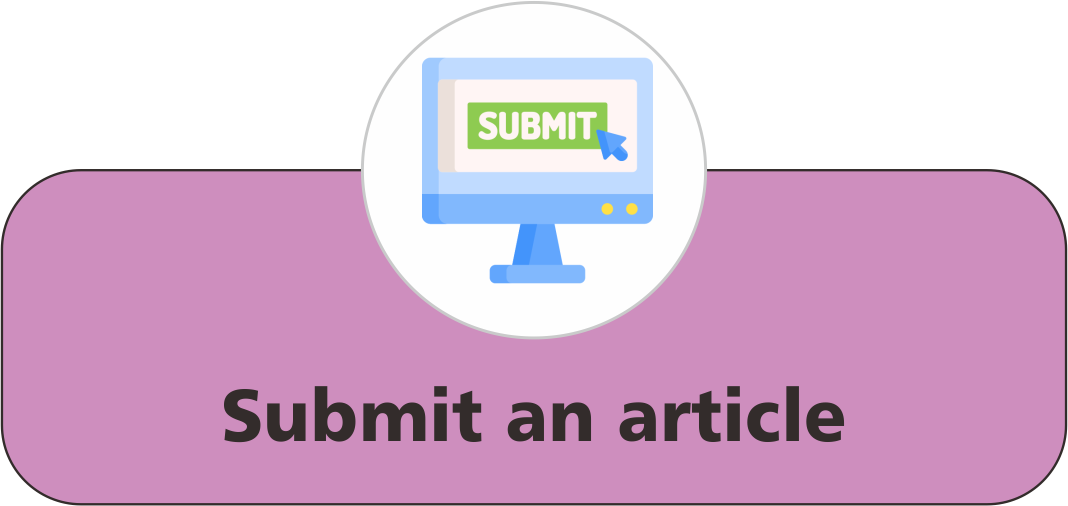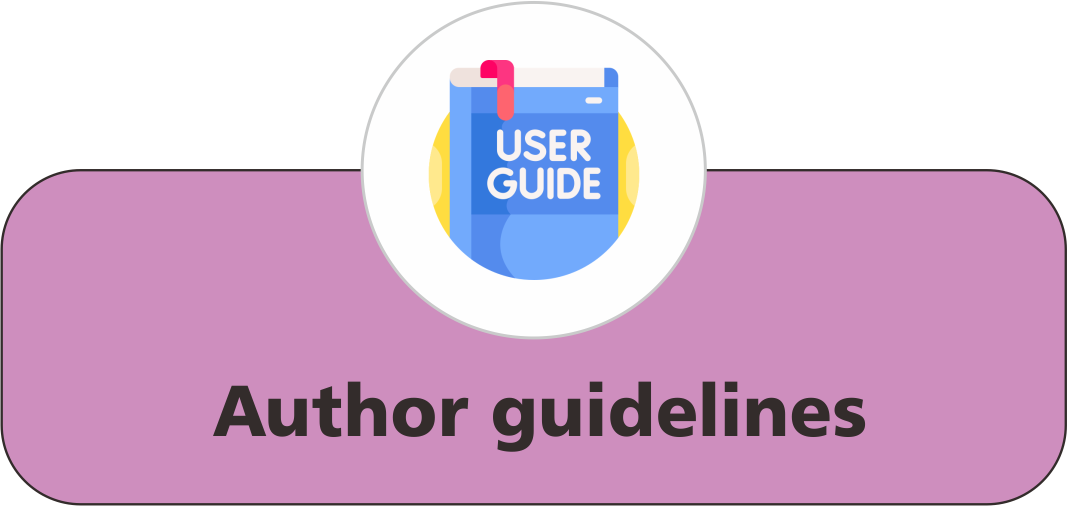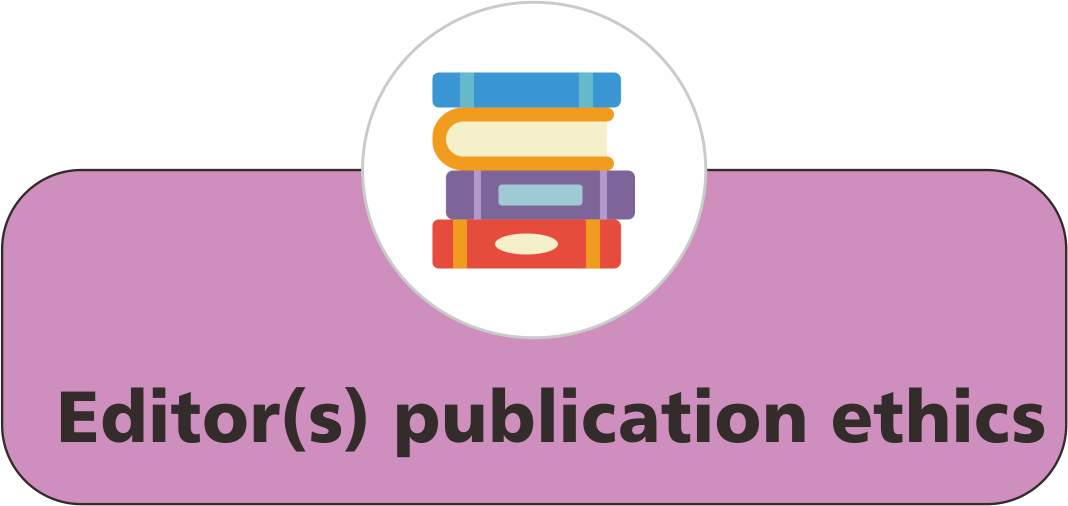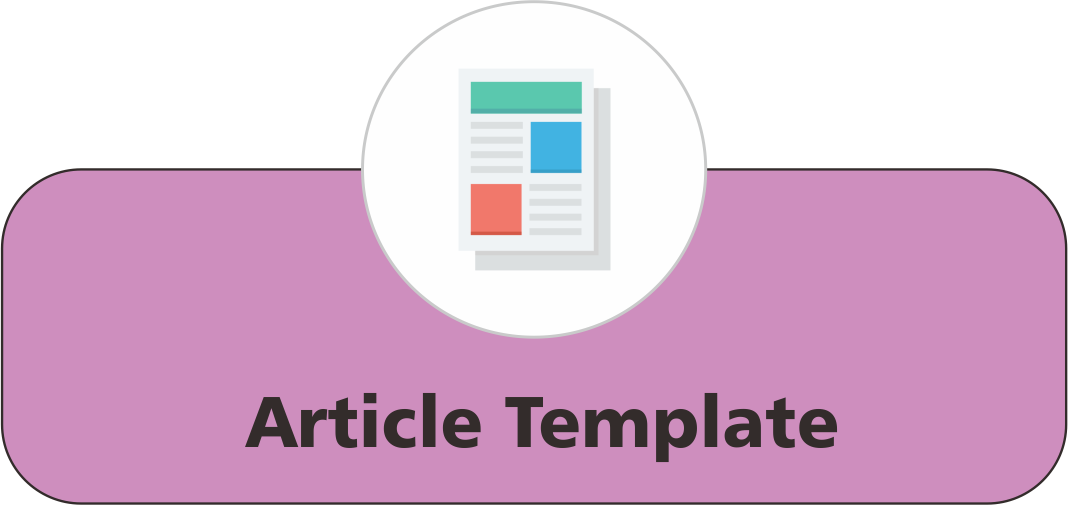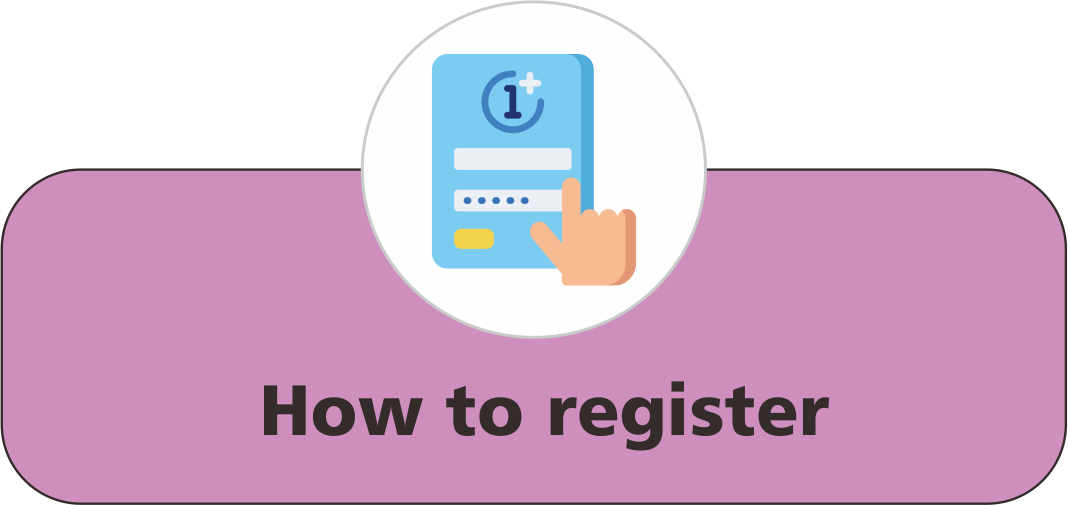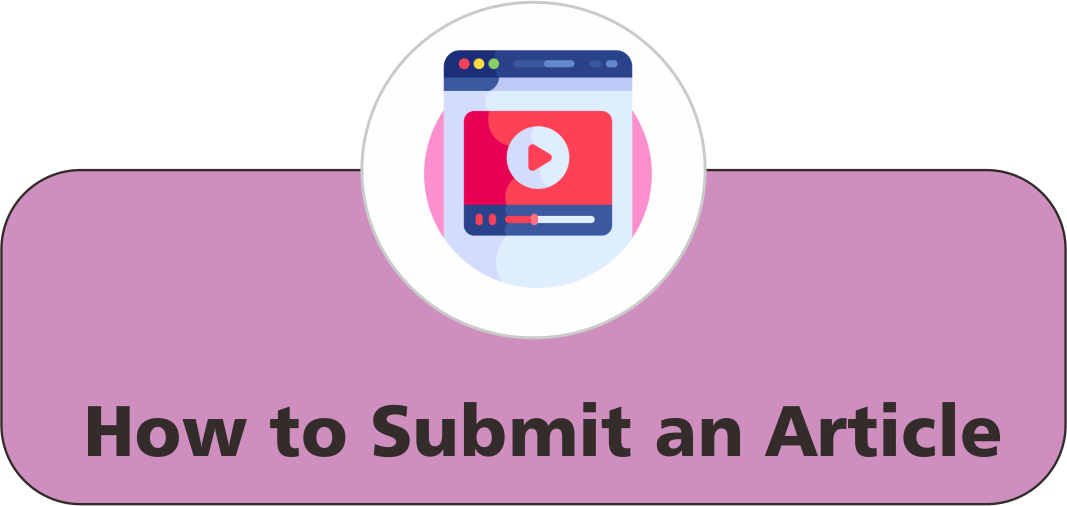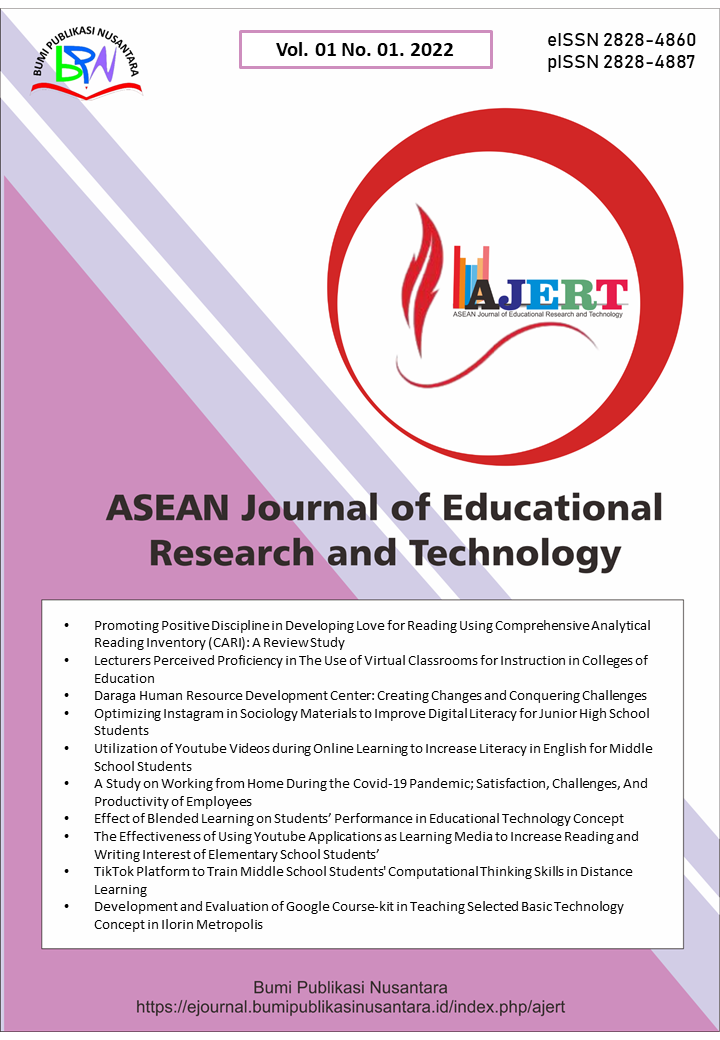Perception about Student Engagement in Blended Learning Instructional Design: Evidence from Sri Lankan Universities
 ), H. M. M. N. Herath(2),
), H. M. M. N. Herath(2),
(1) University of Peradeniya
(2) University of Kelaniya
 Corresponding Author
Corresponding Author
Abstract
Keywords
References
Akkoyunlu, B., and Soylu, M. Y. (2008). A Study of student’s perceptions in a blended learning environment based on different learning styles. Educational Technology & Society, 11 (1), 183-193.
Amiti, F. (2020). Synchronous and asynchronous E-learning. European Journal of Open Education and E-Learning Studies, 5(2), 1-11.
Anthony Jnr, B., Kamaludin, A., Romli, A.M., Raffei, A.F., Phon, D.N., Abdullah, A., and Ming, G.L. (2020). Blended learning adoption and implementation in higher education: A theoretical and systematic review. Technology, Knowledge and Learning, 27, 531-578.
Blaise, M., and Taylor, A. (2012). Using oueer theory to rethink gender equity in. Young Children, 67(1), 88-97.
Byrne, C. (2014). Religious education, social inclusion and interreligious literacy in England and Australia. Journal for the Academic Study of Religion, 27(2), 153-177.
Castle, S. R., and McGuire, C. J. (2010). An analysis of student self-assessment of online, blended, and face-to-face learning environments: Implications for sustainable education delivery. International Education Studies, 3(3), 36-40.
Cosgrove, S. B., and Olitsky, N. H. (2015). Knowledge retention, student learning, and blended course work: Evidence from principles of economics courses. Southern Economic Journal, 82(2), 556-579.
Cunha, M. N., Chuchu, T., and Maziriri, E. (2020). Threats, challenges, and opportunities for open universities and massive online open courses in the digital revolution. International Journal of Emerging Technologies in Learning (iJET), 15(12), 191-204.
Dukes III, L. L., Waring, S. M., and Koorland, M. A. (2006). The blended course delivery method: The not-so-distant education. Journal of Computing in Teacher Education, 22(4), 153-158.
Galvis, Á. H., and Carvajal, D. (2022). Learning from success stories when using eLearning and bLearning modalities in higher education: A meta-analysis and lessons towards digital educational transformation. International Journal of Educational Technology in Higher Education, 19(1), 1-31.
Garrison, D. R., and Kanuka, H. (2004). Blended learning: Uncovering its transformative potential in higher education. The internet and higher education, 7(2), 95-105.
Green, V. A., Cillessen, A. H., Berthelsen, D., Irving, K., and Catherwood, D. (2003). The effect of gender context on children's social behavior in a limited resource situation: An observational study. Social Development, 12(4), 586-604.
Hrastinski, S. (2019). What do we mean by blended learning?. TechTrends, 63(5), 564-569.
Ibrahim, M. M., and Nat, M. (2019). Blended learning motivation model for instructors in higher education institutions. International Journal of Educational Technology in Higher Education, 16(1), 1-21.
Kenney, J., and Newcombe, E. (2011). Adopting a blended learning approach: Challenges encountered and lessons learned in an action research study. Journal of Asynchronous Learning Networks, 15(1), 45-57.
Kim, K. J., and Bonk, C. J. (2006). The future of online teaching and learning in higher education. Educause quarterly, 29(4), 22-30.
KK, S., and Maskari, A. A. (2019). Student engagement in blended learning instructional design: An analytical study. Learning and Teaching in Higher Education: Gulf Perspectives, 15(2), 61-79.
Kuh, G. D. (2001). Assessing what really matters to student learning inside the national survey of student engagement. Change: The Magazine of Higher Learning, 33(3), 10-17.
Mather, M., and Sarkans, A. (2018). Student perceptions of online and face-to-face learning. International Journal of Curriculum and Instruction, 10(2), 61-76.
Owston, R., York, D., and Murtha, S. (2013). Student perceptions and achievement in a university blended learning strategic initiative. The internet and higher education, 18, 38-46.
Previtali, P., and Scarozza, D. (2019). Blended learning adoption: A case study of one of the oldest universities in Europe. International Journal of Educational Management, 33(5), 990-998.
Radha, R., Mahalakshmi, K., Kumar, V. S., and Saravanakumar, A. R. (2020). E-Learning during lockdown of Covid-19 pandemic: A global perspective. International journal of control and Automation, 13(4), 1088-1099.
Rapanta, C., Botturi, L., Goodyear, P., Guàrdia, L., and Koole, M. (2020). Online university teaching during and after the Covid-19 crisis: Refocusing teacher presence and learning activity. Postdigital Science and Education, 2, 923-945.
Rodriguez, V. (2012). The teaching brain and the end of the empty vessel. Mind, Brain, and Education, 6(4), 177-185.
Seery, M. K., and Donnelly, R. (2012). The implementation of pre‐lecture resources to reduce in‐class cognitive load: A case study for higher education chemistry. British Journal of Educational Technology, 43(4), 667-677.
Shin, M., and Hickey, K. (2021). Needs a little TLC: Examining college students’ emergency remote teaching and learning experiences during COVID-19. Journal of Further and Higher Education, 45(7), 973-986.
Sife, A., Lwoga, E., and Sanga, C. (2007). New technologies for teaching and learning: Challenges for higher learning institutions in developing countries. International journal of education and development using ICT, 3(2), 57-67.
Taber, K. S. (2018). The use of Cronbach’s alpha when developing and reporting research instruments in science education. Research in science education, 48, 1273-1296.
Tavakol, M., and Dennick, R. (2011). Making sense of Cronbach's alpha. International Journal of Medical Education, 2, 53-55.
Tenison, E., and Touger-Decker, R. (2018). Impact of e-Learning or blended learning versus face-to-face learning in regard to physical examination skills, knowledge, and attitudes among health professions students. Topics in Clinical Nutrition, 33(3), 259-270.
Watermeyer, R., Crick, T., Knight, C., and Goodall, J. (2021). COVID-19 and digital disruption in UK universities: Afflictions and affordances of emergency online migration. Higher education, 81, 623-641.
Weber, K., and Custer, R. L. (2005). Gender-based preferences toward technology education content, activities, and instructional methods. Journal of Technology Education, 16(2), 56-71.
Yatigammana, K., and Wijayarathna, G. (2021). Students’ perceptions of online lecture delivery modes: Higher education during Covid-19 pandemic and beyond. International Journal of Emerging Technologies in Learning (iJET), 16(21), 58-73.
Article Metrics
Abstract View : 904 times
: 904 times Download : 437 times
Download : 437 times
Refbacks
- There are currently no refbacks.
Copyright (c) 2023 Bumi Publikasi Nusantara

This work is licensed under a Creative Commons Attribution-ShareAlike 4.0 International License.

